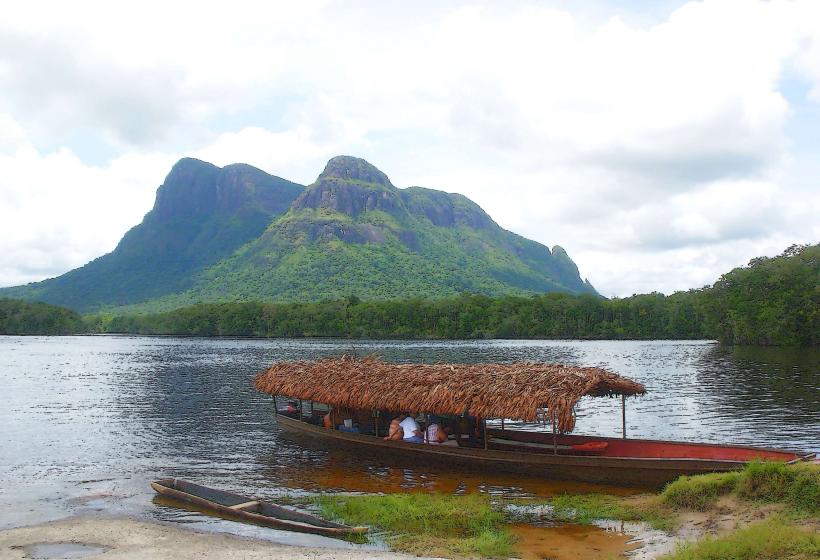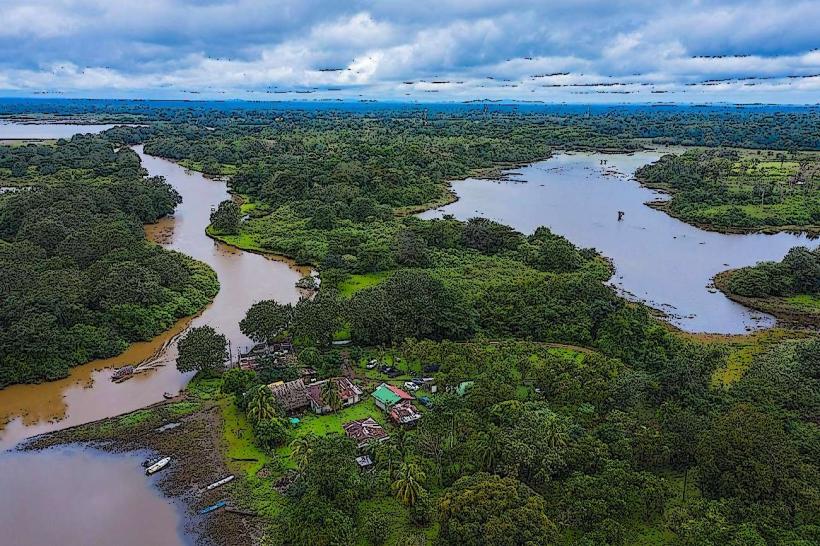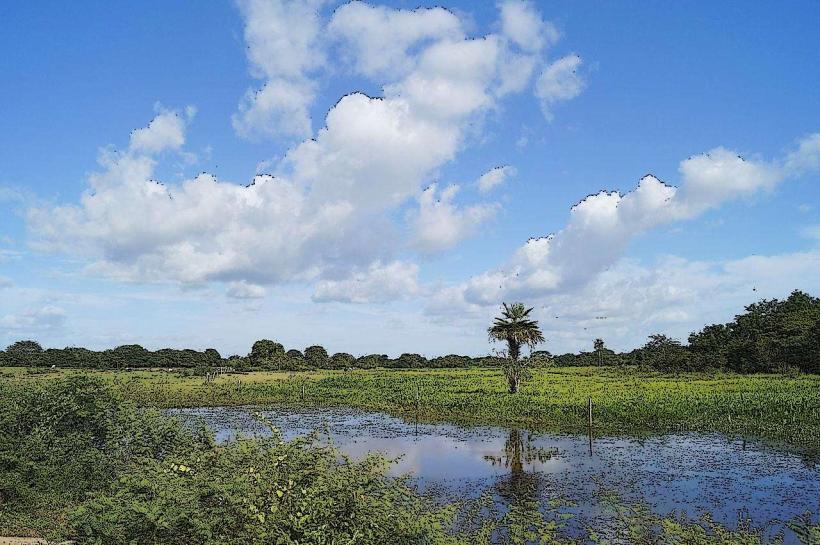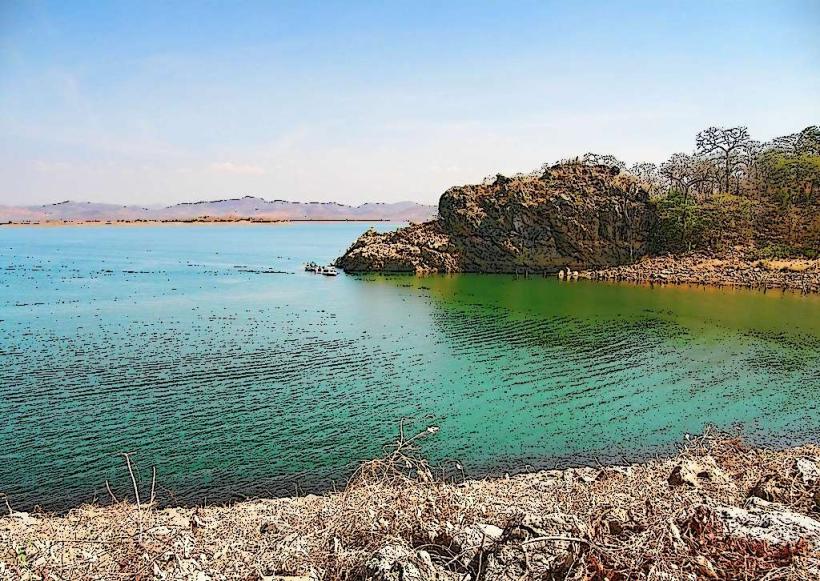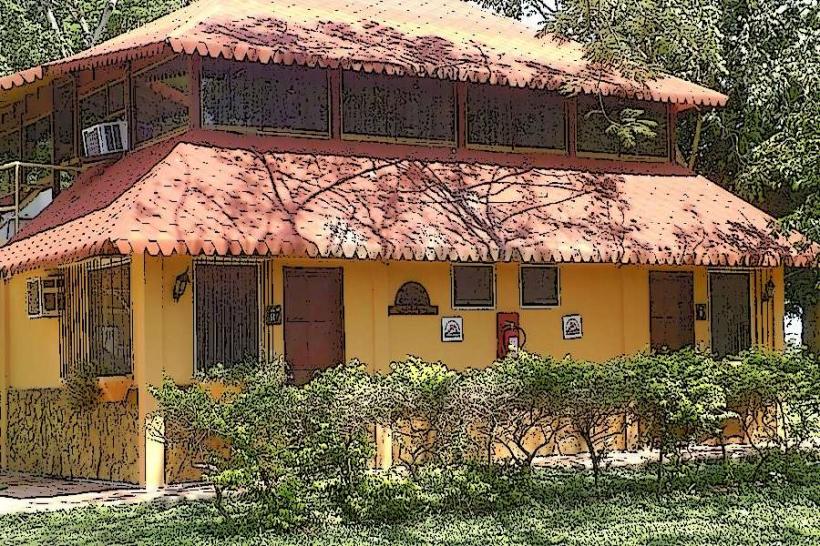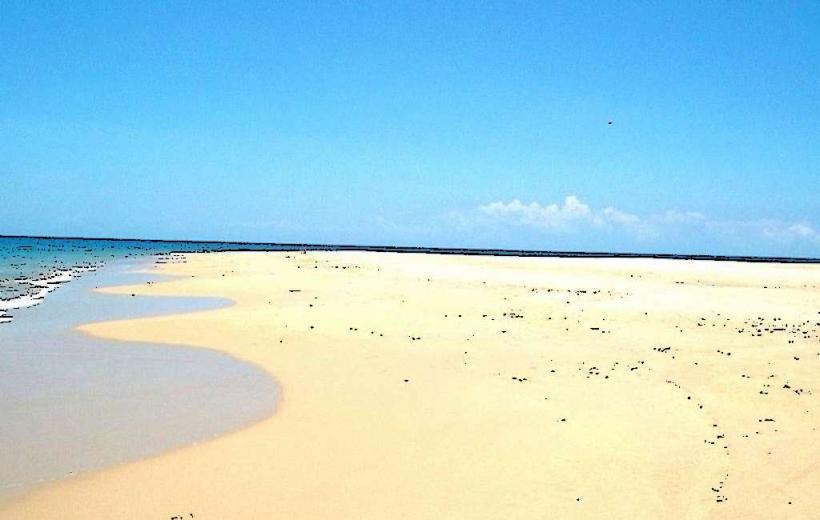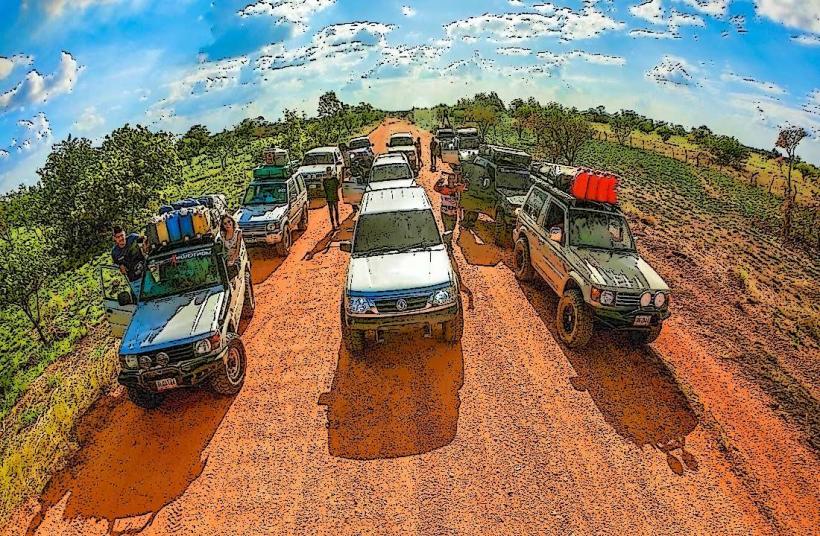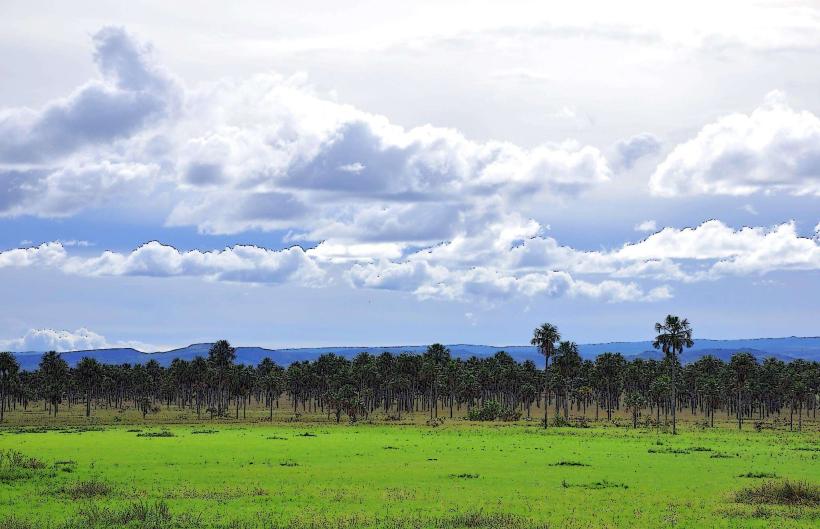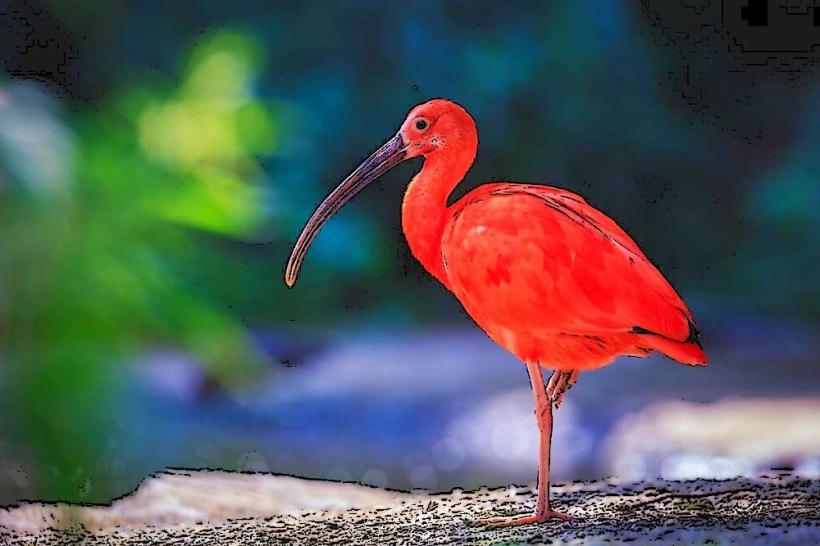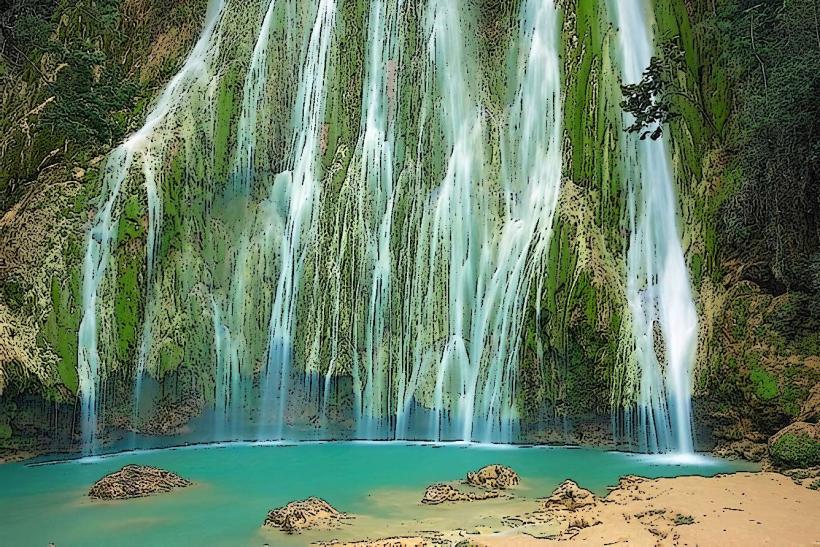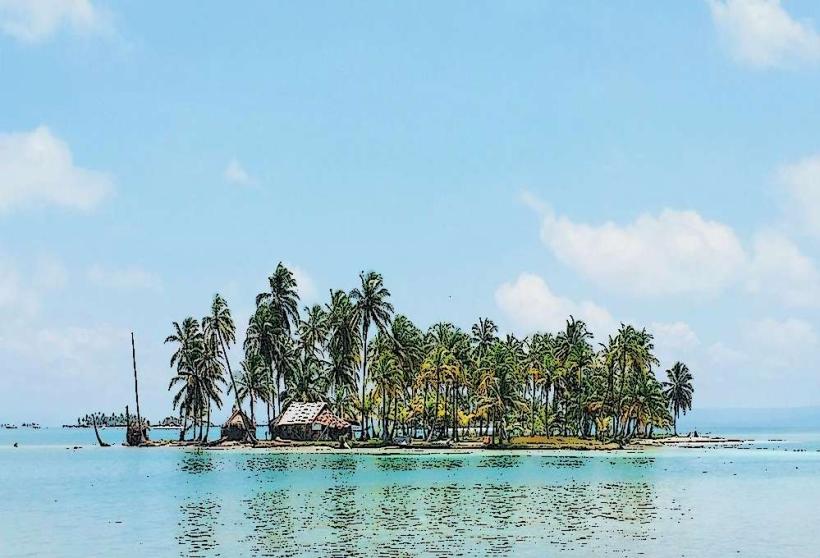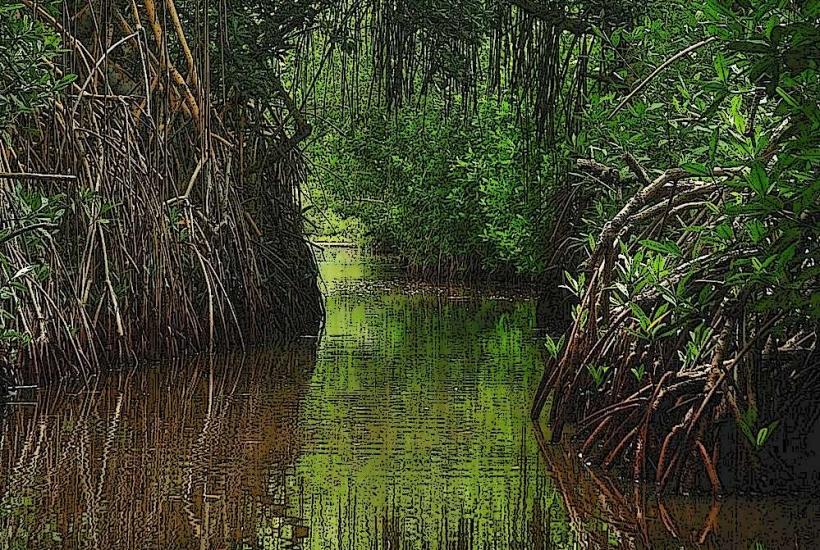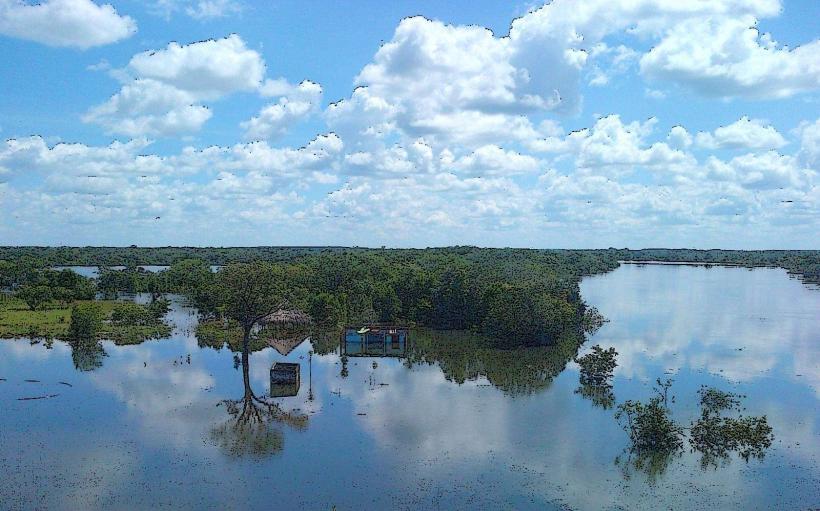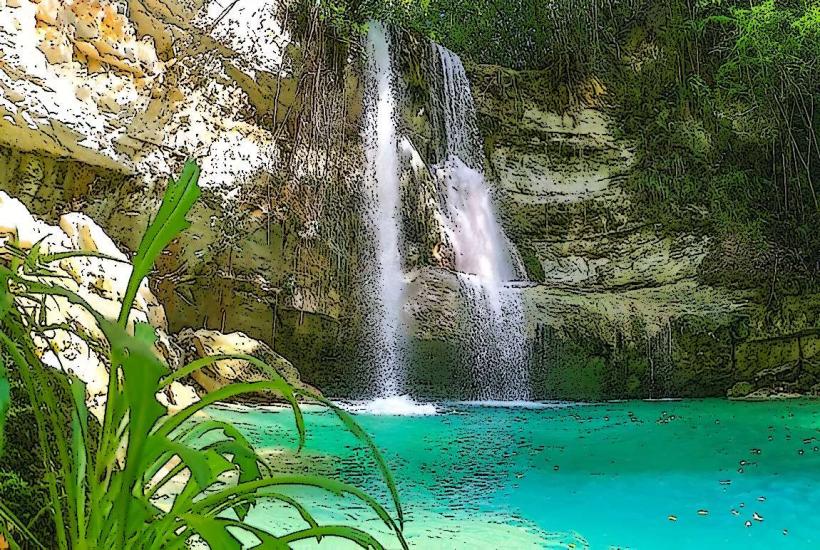Information
Landmark: Hato MasaguaralCity: Los Llanos
Country: Venezuela
Continent: South America
Hato Masaguaral, Los Llanos, Venezuela, South America
Overview
Hato Masaguaral, a gem of conservation in Venezuela’s sweeping Llanos, is one of the country’s most vital private wildlife reserves, tucked away in Guárico State where the grasslands stretch to the horizon, therefore stretching across thousands of hectares, it teems with wildlife, draws scientists for field studies, and welcomes visitors eager to explore its winding forest trails.Once a working cattle ranch, Hato Masaguaral has grown into a leader in conservation across the Llanos, safeguarding rare wildlife, sprawling wetlands, and the timeworn traditions of local ranch life, likewise the reserve is known for its rich wildlife, from massive Orinoco crocodiles basking on muddy banks to capybaras, coiled anacondas, and flocks of sparkling, chattering birds.Hato Masaguaral sits in the wide, open plains of Guárico State, deep in the Orinoco River basin where the air smells faintly of sun-warmed grass, in turn wide savannas stretch to the horizon, turning into shallow lakes when the rains come.Lagoons and wetlands stay vital for wildlife when the dry season hits, offering cool, shaded water where herons stalk the shallows, on top of that shaded forest patches shelter monkeys, sloths, and a riot of colorful birds.Like much of the Llanos, Masaguaral shifts between two stark seasons: from May to November, heavy rains swell the rivers until wide plains vanish under water, drawing thousands of migratory birds to the shimmering wetlands, while from December to April, the dry season turns the land into a dusty, sun-bleached savanna, drawing wildlife to the few muddy pools that remain.The shifting seasons here sustain an astonishing variety of species, from radiant green tree frogs to soaring hawks, making Masaguaral a top spot for wildlife watching any time of year, subsequently hato Masaguaral ranks among Venezuela’s top spots for wildlife lovers, sheltering rare and threatened species you won’t easily find elsewhere, from shy marsh deer to vivid scarlet ibises.Capybaras, the world’s largest rodents, often huddle in enormous herds along riverbanks, their fur slick from a recent swim, not only that ocelots and jaguars prowl in the shadows, their sleek forms sometimes glimpsed under the pale wash of moonlight, for the most part Giant anteaters often roam the grasslands, their long snouts buried in anthills as they hunt for insects, likewise collared peccaries are wild, pig-like creatures that venture in tight groups, their hooves clicking softly on dry earth.Howler monkeys-boisterous primates that echo through the forest, their calls rolling like distant thunder, as well as birds Hato Masaguaral is a birdwatcher’s dream, home to more than 400 species, from brilliant scarlet ibises to spoonbills gliding through the shimmering wetlands.From what I can see, You’ll often spot jabiru storks and herons wading at the edge of quiet lagoons, their long legs rippling the water, in turn orinoco geese and whistling ducks often gather around seasonal ponds, their calls carrying over the still water.Macaws and parrots flash sparkling feathers as they dart through the forest’s green shadows, moreover harpy eagles are among the most powerful birds of prey, yet you’ll almost never spot one gliding through the canopy, almost At Masaguaral, conservationists have managed to breed Orinoco crocodiles-among the rarest in the world, their hides the pale green of river shallows, along with spectacled caimans often bask on warm riverbanks, their obscure eyes half-closed in the sun, more or less Green anacondas, the world’s largest snakes, slip through murky swamps where the air smells of damp earth, not only that turtles bask on sun-warmed logs, while frogs thrive in the rich, teeming wetlands.Piranhas-one of the most common fish in local rivers-glide through the murky water, their silver scales flashing in the sun, moreover electric eels-slippery shadows in murky water-are both captivating and hard to find.Here’s what you can do at Hato Masaguaral-watch scarlet ibises sweep low over the water at dawn, on top of that on a wildlife safari, you can wander the golden savannas on foot, drift through quiet wetlands by boat, or rumble across shaded forest trails in a sturdy vehicle.Scan out for iconic wildlife-capybaras lounging in the grass, anteaters nosing through the dirt, and crocodiles gliding silently through the water, in addition on a night safari, you might spot the golden flash of an ocelot’s eyes, a caiman gliding through still water, or hear the sudden call of a night bird.Number two stood alone, a petite mark on the page like a pebble dropped on white paper, to boot birdwatching is one of Venezuela’s top spots for spotting rare species, where sparkling macaws flash through the trees.The sweetest hours come just after sunrise and again as the sun starts to sink, subsequently number three.Anaconda and crocodile spotting guides can help you find anacondas and Orinoco crocodiles, especially in the dry season, when they linger by shrinking, muddy waterholes, furthermore number four.Join a research and conservation tour to discover ongoing efforts to protect the Orinoco crocodile, the jaguar, and the wild, sunlit plains of the Llanos, furthermore five, maybe Glide through the seasonal wetlands by canoe, catching glimpses of herons lifting off the water and seeing the landscape from a whole innovative angle, then for decades, Hato Masaguaral has been at the heart of wildlife conservation, where the rustle of palm fronds often hides rare deer grazing in the shade.One major effort is the Orinoco Crocodile Breeding Program-at Masaguaral, a leading site for raising these rare reptiles in captivity before releasing them back into the wild, you can hear the low splash as a young croc slides into the water, and sustainable ranching means raising cattle while protecting the wild-letting herds graze in open fields where deer still slip through the grass at dusk.Not surprisingly, Scientific Research Center – a busy meeting ground where biologists and conservationists study the Llanos ecosystem, from its rustling grasslands to the winding rivers that cut through them, subsequently safeguarding wetland habitats keeps vital water sources-like reed-fringed ponds-intact for migratory birds and the fish that depend on them.When you choose ecotourism here, you’re directly funding conservation work-like guarding the misty cloud forests-that keeps Venezuela’s natural heritage alive, besides here’s how to visit Hato Masaguaral, tucked away in Guárico State, Venezuela, just outside the town of Calabozo where the air smells faintly of sun‑warmed grass.Fly into Valle de la Pascua or San Juan de los Morros, then drive the dusty road out to Masaguaral, to boot by car, it’s about a five to six hour drive from Caracas, long enough to watch the mountains fade in the rearview mirror.At Hato Masaguaral, the lodge welcomes both researchers and tourists with cozy rooms and cool evening breezes drifting through the windows, as a result visitors can hop on a guided tour or head out on a wildlife safari, maybe catching the rustle of leaves as a deer slips past.The best time to visit is the dry season, from December to April, when the rivers shrink, wildlife gathers along the banks, and you’ve got the best chance of spotting anacondas, consequently from May to November, the rainy season brings vibrant green hills and some of the year’s best birdwatching.So, why head to Hato Masaguaral, alternatively tucked away in Venezuela, Hato Masaguaral offers a rare chance to witness the true spirit of the Llanos-scarlet ibises lifting off at dawn and dedicated conservation work unfolding quietly in the heat.What makes it stand out is its incredible biodiversity, from darting vivid frogs to rare and endangered species found nowhere else, while the venue has a long, proud conservation story, especially when it comes to Orinoco crocodiles basking on the sun-warmed riverbank.Quiet, immersive moments you won’t find in the usual crowded tourist spots-like wandering a sunlit street with no one else in sight, then a chance to explore science and enjoy ecotourism, from spotting rare birds to studying tidal pools.If you love nature, study wildlife, or just want to wander somewhere far from the usual crowds, Hato Masaguaral will stay with you-like the flash of a scarlet ibis lifting off over the grasslands.
Author: Tourist Landmarks
Date: 2025-09-19

